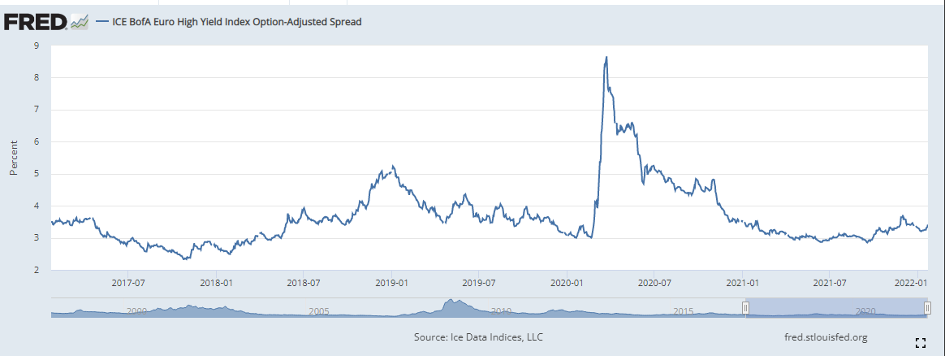Did you know that we are the first fintech in Switzerland with 35 years of financial advisory experience? This is possible thanks to the cooperation with the multi-family office “Swiss 5 Group”. This gives Everon clients the best of both worlds: private banking including digital asset management via the app and customized investment strategies that are otherwise reserved for professional and institutional investors.
Until today, there was little overlap between utilizing a wealth management application and receiving guidance from a family office. While apps rely on automation and standard processes to keep costs as low as possible, the family office focuses on personal and tailored advice. Accordingly, the services and investment strategies of a family office have so far only been available to a very small and exclusive group of clients.
Democratization of private banking
We are now bringing these two approaches together for the first time as we democratize private banking by combining the best of both worlds. At Everon innovation meets tradition. Our customers can manage their assets completely independently and at attractive conditions via the app. At the same time, they have access to the tried-and-tested investment strategies that we have developed together with the Multi Family Office have developed.” Further services, which in our view still include personal consulting, can also be used if required.
This service is usually only available to family office customers.
Fintech with 35 years of investment experience
Our investment philosophy has existed and proven itself for 35 years and is continuously developed. The strategic and tactical asset allocation is defined regularly and jointly. We also coordinate with the family office on the individual strategies within the respective asset classes. In addition to traditional asset classes such as bonds, equities, real estate, and commodities, Everon clients can also invest in private markets.
We can also respond quickly and unbureaucratic to individual customer needs in all other asset classes: Thanks to our «Portfolio Management Engine» we are very flexible. This self-developed software generates, based on the wishes and requirements of the client and the parameters of the investment committee, individualized proposals for individual investments and entire portfolio structures.
The only fintech represented in the wealth management ranking: award-winning strategies for a target group that will no longer receive the advice it deserves from banks in the future
The fact that the jointly developed investment strategy works are shown by the asset management ranking published by Bilanz and firstfive In 2020, we made it into the top 5, and in 2021 we even made it to 1st place.




